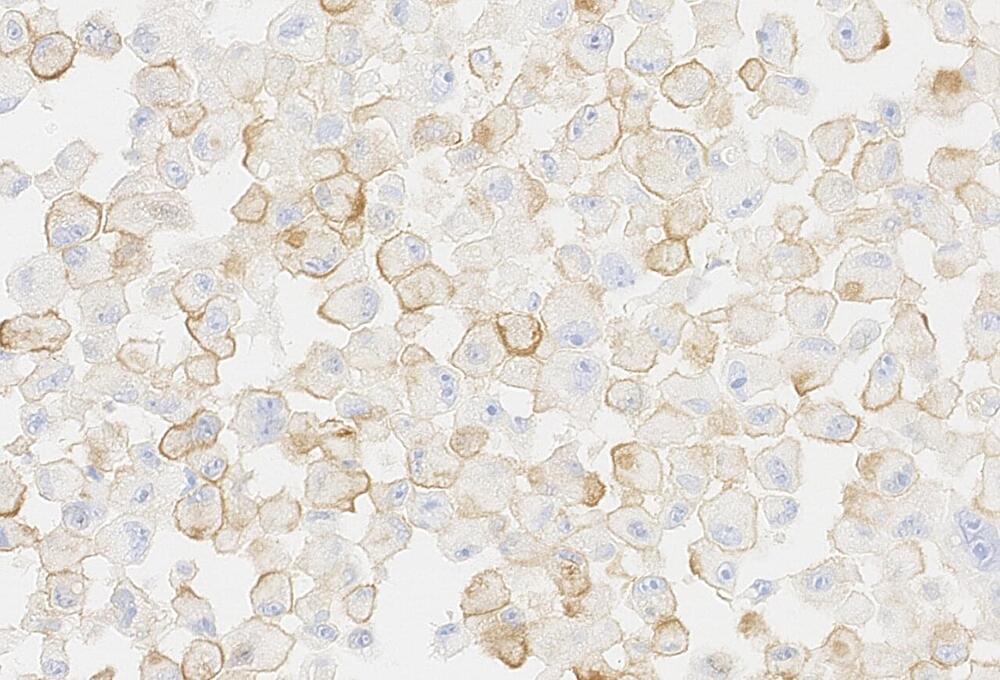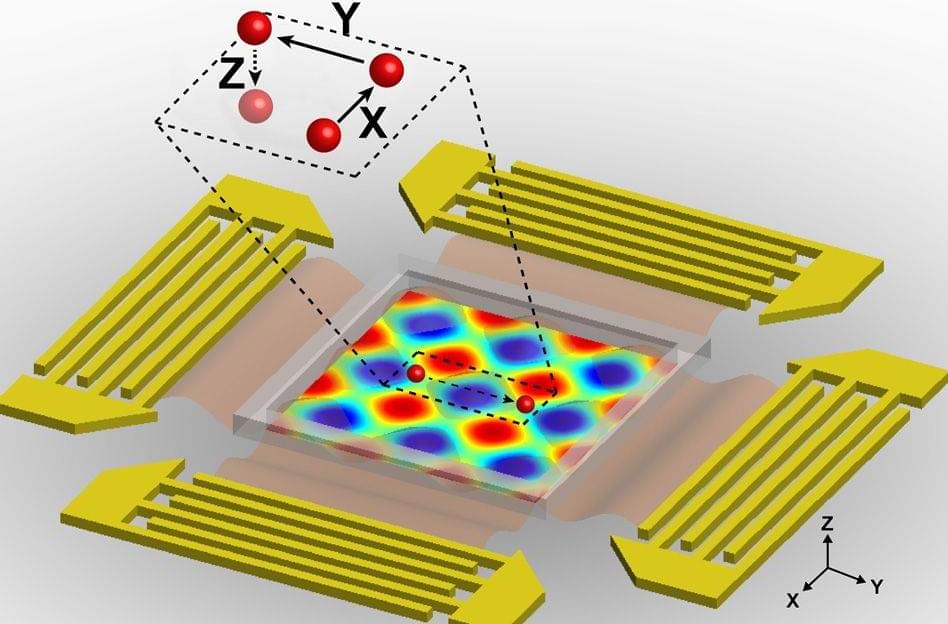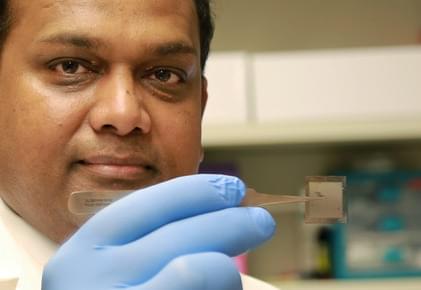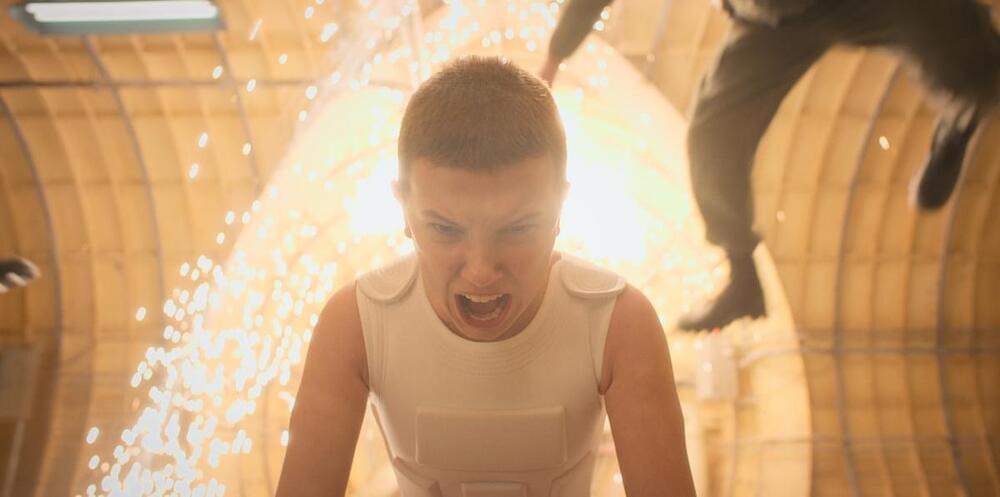Reverse Aging Revolution
Category: life extension – Page 167

Selection of Intriguing Nontraditional Funding Opportunities
During my pursuits, I’ve come across an increasing number of exciting nontraditional routes for funding scientific research. The efforts of Adam Marblestone and Benjamin Reinhardt have been particularly instrumental in stimulating this ecosystem, but many other great people have contributed as well. These new funding routes are a welcome relief since many of the most innovative and far-reaching projects are not especially suited for receiving governmental NIH, NSF, etc. funding. If you would like to find a more comprehensive list of such alternative funding sources, you should check out https://arbesman.net/overedge/. My own list (below) consists of funding sources that stand out to me as particularly promising. I hope you find this useful and feel free to reach out if you have any questions!
Amaranthe Foundation https://amaranth.foundation/bottlenecks-of-aging “We outline initiatives which, if executed, could meaningfully accelerate the advancement of aging science and other life-extending technologies. The resulting document is a philanthropic menu, for which Amaranth is seeking both talent to execute on and co-funders. If you are a founder, researcher, or philanthropist interested in executing or co-sponsoring one or several of the projects or proposals below, please reach out to us”

Chemotherapy becomes more efficient when senescent cells are eliminated by immunotherapy, shows study
Cancer treatments, including chemotherapy, in addition to killing a large number of tumor cells, also result in the generation of senescent tumor cells (also called “zombie cells”). While senescent cells do not reproduce, they do, unfortunately, generate a favorable environment for the expansion of tumor cells that may have escaped the effects of the chemotherapy and eventually result in tumor regrowth.
An international team of researchers led by Dr. Manuel Serrano at IRB Barcelona has described in Nature Cancer how cancer cells that have become senescent after chemotherapy activate the PD-L2 protein to protect themselves from the immune system while recruiting immune suppressor cells. The latter creates an inhibitory environment that impairs the ability of lymphocytes to kill cancer cells.
Based on these findings, scientists wondered what would be the effect of inactivating PD-L2. Interestingly, senescent cells lacking PD-L2 are rapidly eliminated by the immune system. This intercepts the capacity of senescent cells to create an immunosuppressive environment and, as a result, lymphocytes retain their full capacity to kill those cancer cells that may have escaped the effects of chemotherapy.

The Professions of the Future (1)
We are witnessing a professional revolution where the boundaries between man and machine slowly fade away, giving rise to innovative collaboration.
Photo by Mateusz Kitka (Pexels)
As Artificial Intelligence (AI) continues to advance by leaps and bounds, it’s impossible to overlook the profound transformations that this technological revolution is imprinting on the professions of the future. A paradigm shift is underway, redefining not only the nature of work but also how we conceptualize collaboration between humans and machines.
As creator of the ETER9 Project (2), I perceive AI not only as a disruptive force but also as a powerful tool to shape a more efficient, innovative, and inclusive future. As we move forward in this new world, it’s crucial for each of us to contribute to building a professional environment that celebrates the interplay between humanity and technology, where the potential of AI is realized for the benefit of all.

Acoustic tweezers manipulate cells with sound waves
Engineers at MIT, Penn State University, and Carnegie Mellon University have devised a way to manipulate cells in three dimensions using sound waves. These “acoustic tweezers” could make possible 3D printing of cell structures for tissue engineering and other applications, the researchers say.
Designing tissue implants that can be used to treat human disease requires precisely recreating the natural tissue architecture, but so far it has proven difficult to develop a single method that can achieve that while keeping cells viable and functional.
“The results presented in this paper provide a unique pathway to manipulate biological cells accurately and in three dimensions, without the need for any invasive contact, tagging, or biochemical labeling,” says Subra Suresh, president of Carnegie Mellon and former dean of engineering at MIT. “This approach could lead to new possibilities for research and applications in such areas as regenerative medicine, neuroscience, tissue engineering, biomanufacturing, and cancer metastasis.”

Regenerative nanochip restores ANY tissue with 98% success and clinical trials start next year
Year 2017 face_with_colon_three
Tissue Nanotransfection (TNT), that can generate any cell type of interest for treatment within the patient’s own body. This technology may be used to repair injured tissue or restore function of aging tissue, including organs, blood vessels and nerve cells.
“By using our novel nanochip technology, injured or compromised organs can be replaced. We have shown that skin is a fertile land where we can grow the elements of any organ that is declining,” said Dr. Chandan Sen, director of Ohio State’s Center for Regenerative Medicine & Cell Based Therapies, who co-led the study with L. James Lee, professor of chemical and biomolecular engineering with Ohio State’s College of Engineering in collaboration with Ohio State’s Nanoscale Science and Engineering Center.
Researchers studied mice and pigs in these experiments. In the study, researchers were able to reprogram skin cells to become vascular cells in badly injured legs that lacked blood flow. Within one week, active blood vessels appeared in the injured leg, and by the second week, the leg was saved. In lab tests, this technology was also shown to reprogram skin cells in the live body into nerve cells that were injected into brain-injured mice to help them recover from stroke.

Physicists discover time can flow both ways in materials
For example, a video of a swinging pendulum would look the same if you played it backward. We see time as irreversible because of another law of nature, the second law of thermodynamics. This law says that the disorder in a system always increases. If the broken glass reassembled itself, the disorder would decrease.
The same law applies to the aging of materials. But physicists from Darmstadt have found out that this is not the case. They have discovered that the motion of molecules in glass or plastic can be reversed in time if you look at it from a special angle.

70 years of MKUltra, the CIA ‘mind-control’ program that inspired ‘Stranger Things’
MKUltra is not referenced explicitly on Stranger Things — the popular Netflix show — but the series seems to be inspired by the controversial CIA program. In the show, a government laboratory is conducting illegal experiments on a young girl and other persons, torturing them, and harnessing their special abilities for their own purposes. This is similar to the goals of the CIA human experimentation project, which was started 70 years ago.
Controversial and unethical experiments were conducted on human subjects by the Agency for the MKUltra project, including the use of mind control techniques and the administration of drugs such as LSD and other chemicals. Electroshock, hypnosis, sensory deprivation, verbal and sexual abuse, and other forms of torture were also part of the non-consensual experiments, which were created because the CIA was convinced that communists had discovered a way to control human minds. Its activities — which were hidden and classified before their files being destroyed after an investigation — remain a subject of concern and investigation to this day.
MKUltra was a CIA program involving the research and development of chemical and biological agents. According to official documents, it was “concerned with the research and development of chemical, biological and radiological materials capable of employment in clandestine operations to control human behavior.”

Publicly-Funded Longevity Clinics — Andrea Maier at Longevity Summit Dublin 2023
Publicly-Funded Longevity Clinics – Andrea Maier at Longevity Summit Dublin 2023#AndreaMaier #LongevityClinics #PublicFunding #LongevitySummitDublin2023 #Agi…